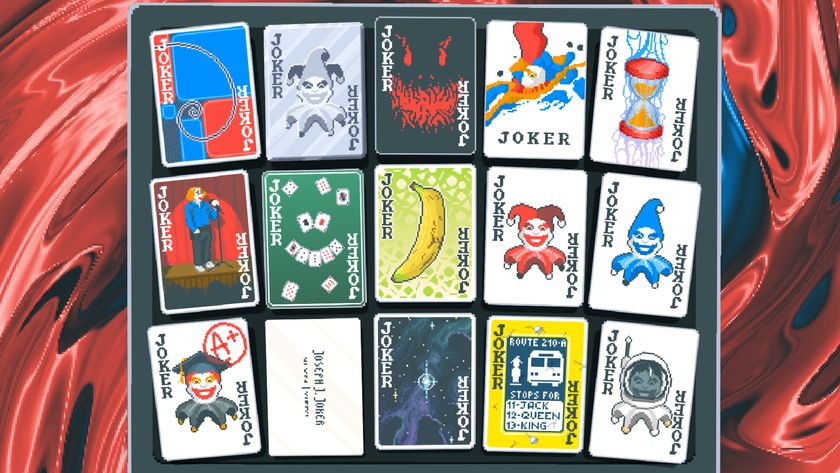Look who’s stalking: 5 things you need to know about Hunt: Showdown
Breaking down the evolution of Crytek’s brilliant horror multiplayer shooter
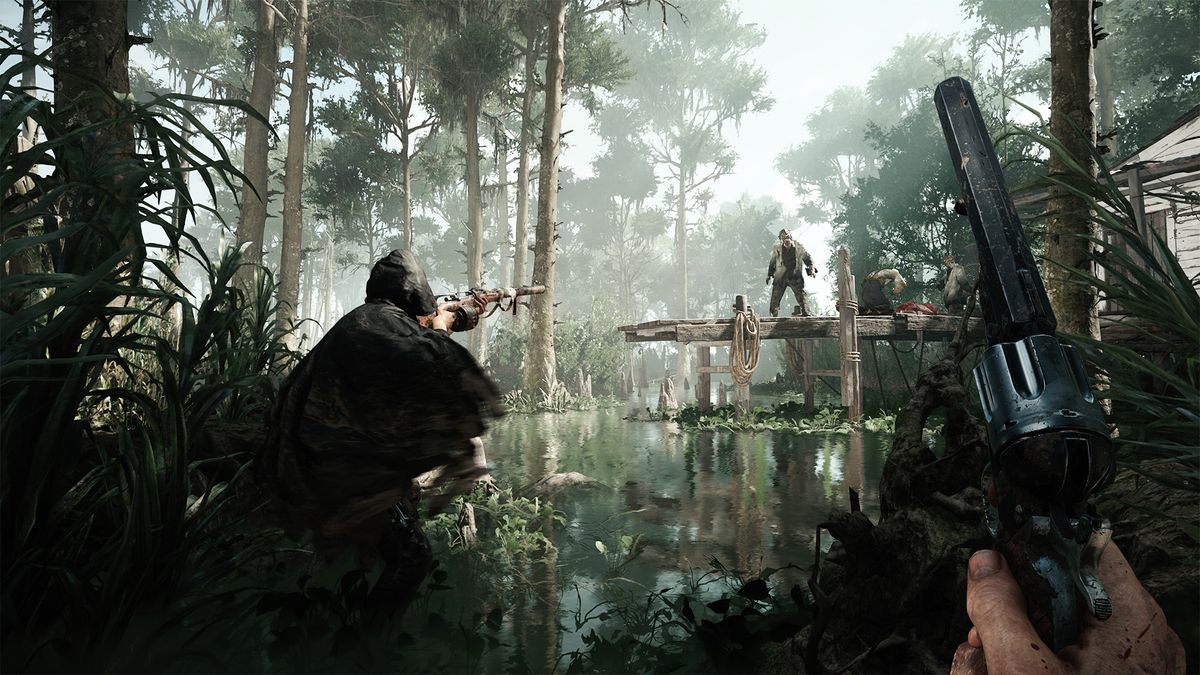
Last year we said that “Hunt: Showdown is the best game you aren’t playing right now” and we still very much stand by that statement. This is the perfect cocktail of PvPvE as 12 hunters wade into the swamps of the Louisiana bayou in the late 19th century on the hunt for monster trophies. And monster is the word, amidst the supernatural beasties already lurking in the swamps are truly horrific bosses you have to track and hunt. The only problem is, so are the other players. Now in its third year and after a lengthy Early Access period, Hunt: Showdown has a choice of 30 Legendary hunters and more than 90 weapons to choose from before you get those feet wet. Wait, did you hear that crunching noise up ahead? Let’s investigate. Here’s a history lesson and everything you need to know about Hunt: Showdown.
1. Born in the USA
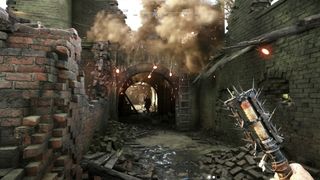
Hunt: Showdown wasn’t always the nail-biting tensionfest we know and love today. In fact, it was first revealed as Hunt: Horrors of the Gilded Age and was originally the debut game of the Austin-based Crytek USA as a spiritual successor to the Darksiders series. When Crytek USA closed, Crytek’s Frankfurt studio took over the project. It was here where the perspective shifted from a third person action experience into an FPS. Thankfully, the team wanted to keep the period sensibilities of the original concept but remove the Left 4 Dead style approach that had been implemented so far. Given that the Frankfurt studio had previously focussed on the Crysis series and, of course, Far Cry, this made complete sense.
But the team knew that they wanted to deliver an FPS but also that almost physically painful sense of anticipation as you take on monsters and other players, preferably avoiding doing both at the same time. “What we wanted to achieve with Hunt: Showdown in the long term was sustained tension for players, so that they’re never quite sure what’s going to happen,” explained level design creator Chris Auty in an early dev diary. “A large, important part of the game is a fear of loss.” In short, this was no longer an ordinary horde shooter.
2. Bayou Royale
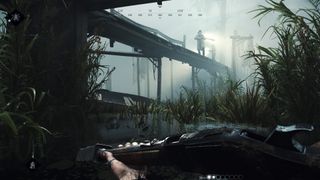
Hunt: Showdown has often been coined a Bayou Royale but there are a few differences between this and something like Warzone or PUBG. Yes, there’s a sprawling map complete with 11 other players who’ll definitely end up in your sights if you don’t end up in theirs first, but that’s not your only goal. It’s a deft mix of PvPvE as you hunt down the various monsters that make up your bounties. Like PUBG though, the area of play shrinks as hunters naturally follow clues to the biggest bads. There are two modes of play available. In Bounty Mode you’ll be hunting down horrific creatures across the map as well as trying not to die but in Quickplay, things are much more Warzone-flavoured. All 12 players here are hunting the same Wellspring, an energy source that’ll save you from shuffling off this mortal coil when the timer runs out. There might be magic involved but without any of the tech of something like Warzone, the 19th century weaponry means that Hunt: Showdown’s brand of Battle Royale feels like a consistently more desperate fight to stay alive.
3. Squad goals
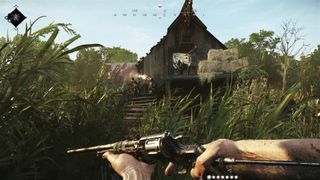
With all that tension in mind as players are forced to listen for the physical clunk of an old school gun reload or birds bursting from trees as they’re disturbed by an unknown source, Crytek designed Hunt: Showdown to be played alone or in pairs. A duo creates plenty of “did you hear that?” panic after all. But the team took player feedback and upped the squad limit to three. While that means triple the whispered expletives when something crashes through the undergrowth, it also means three times the likelihood of your team being heard and tracked through the bayou. It’s a fascinating dynamic that creates a serious push pull when you’re playing alone and realise you might be tracking a group of three. Maybe I’ll just go this way instead…
4. Creature feature
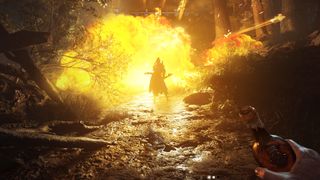
But what’s a monster hunting game without the monsters? Sure, the idea of being found by other players is scary enough but finally arriving at the lair of one of the game's creatures takes things firmly into horror territory. And that’s after you’ve taken care of the regular nasties lurking across the bayou while finding the clues of the monster’s location. The period weaponry seemed such a fun idea, didn’t it? Before you started hunting the Spider and suddenly wished you had a semi-automatic rifle.... Arachnophobes need not apply here as this scuttling multi-legged foe will make you glad you brought two friends along for the skittery ride. There are four possible horrible bosses to hunt, of which you’ll snare one or two on the map in Bounty Mode. These are the aforementioned Spider which would require an impossibly large newspaper to crush, the pig-headed hook-handed Butcher (yes, ew), the insect-based Assassin, and the latest addition to the roster, Scrapbeak, a civil war soldier added to the game this year who’ll actually drop helpful items from his absurd worn stash if you attack him in the right way. Just watch for those concertina bombs… They really hurt.
5. What's next
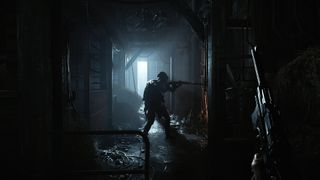
And finally don’t think that because Hunt: Showdown is out of Early Access that there will be less updates. This is a constantly evolving experience and Crytek is listening to the community. The recent 1.5 update added not just new weapons but seventeen different types of custom ammo to adapt to your playstyle. Each type comes with its own perks but also drawbacks. Incendiary ammo is great to send flammable targets up in flames but it’s not exactly a subtle approach if you’re trying for stealth... And, excitingly, if you’re sick of getting seriously wet feet in the Bayou or exploring the swamps of the Lawson Delta map, a third map is on the way this year. Things are significantly drier this time around with areas including a Pearl Plantation, a creepy mansion, and a location known as the Reeve’s Quarry Compound. There’s also a new bow on the way that we can’t wait to silently try for size.
Sign up to the 12DOVE Newsletter
Weekly digests, tales from the communities you love, and more
Louise Blain is a journalist and broadcaster specialising in gaming, technology, and entertainment. She is the presenter of BBC Radio 3’s monthly Sound of Gaming show and has a weekly consumer tech slot on BBC Radio Scotland. She can also be found on BBC Radio 4, BBC Five Live, Netflix UK's YouTube Channel, and on The Evolution of Horror podcast. As well as her work on GamesRadar, Louise writes for NME, T3, and TechRadar. When she’s not working, you can probably find her watching horror movies or playing an Assassin’s Creed game and getting distracted by Photo Mode.
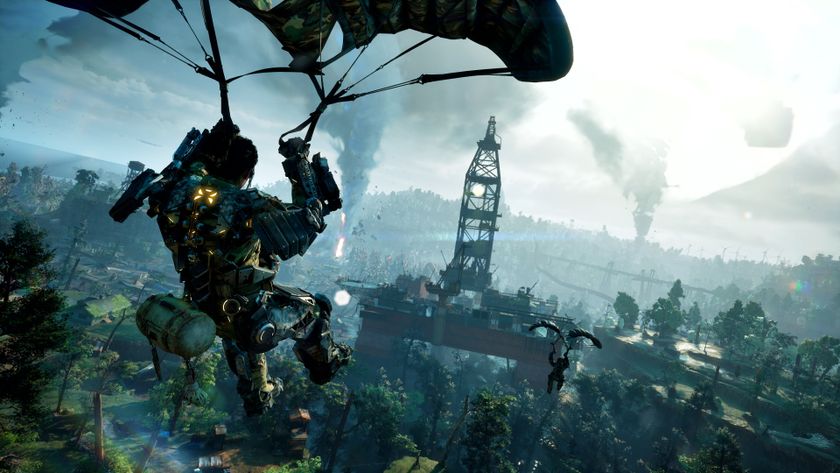
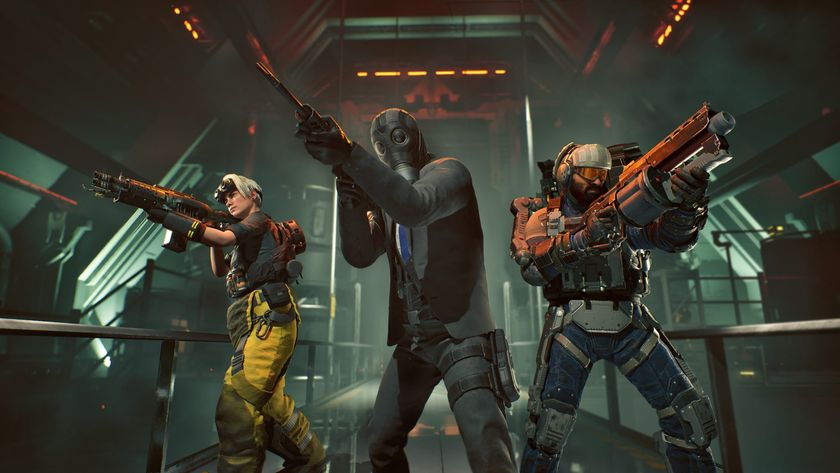
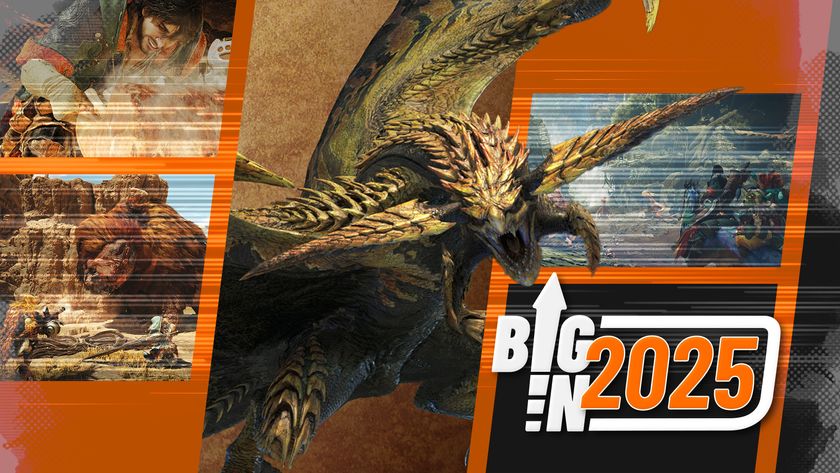
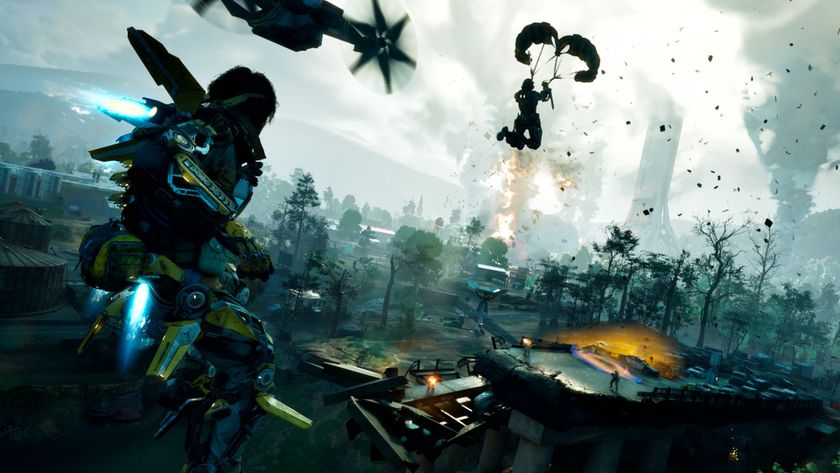
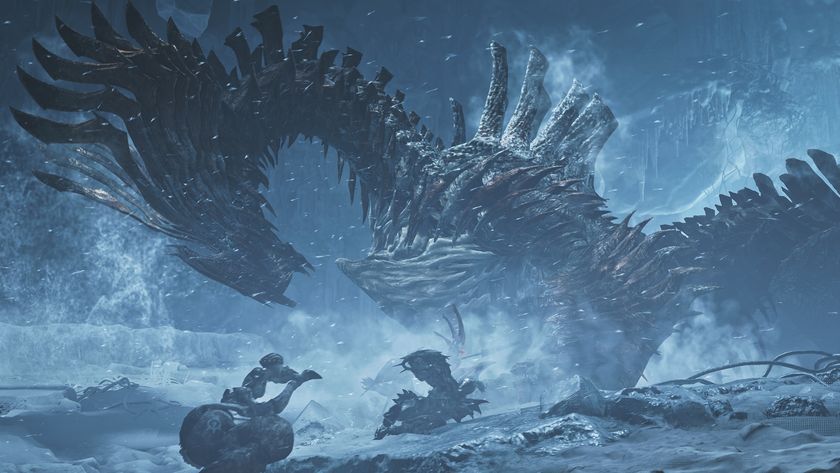
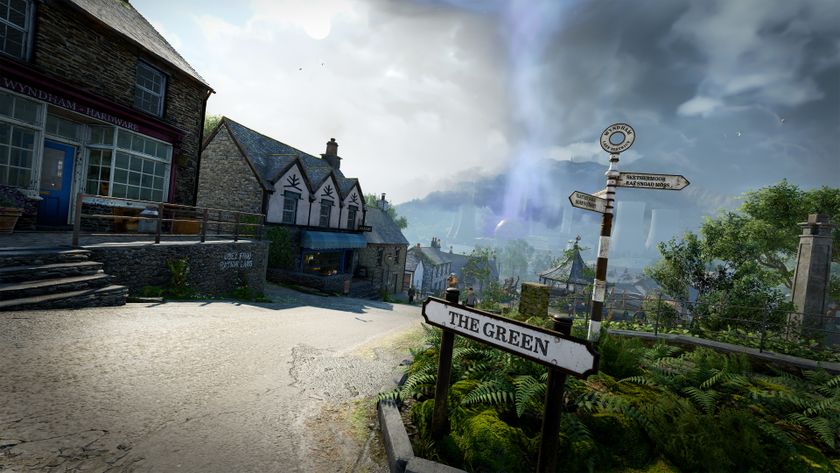
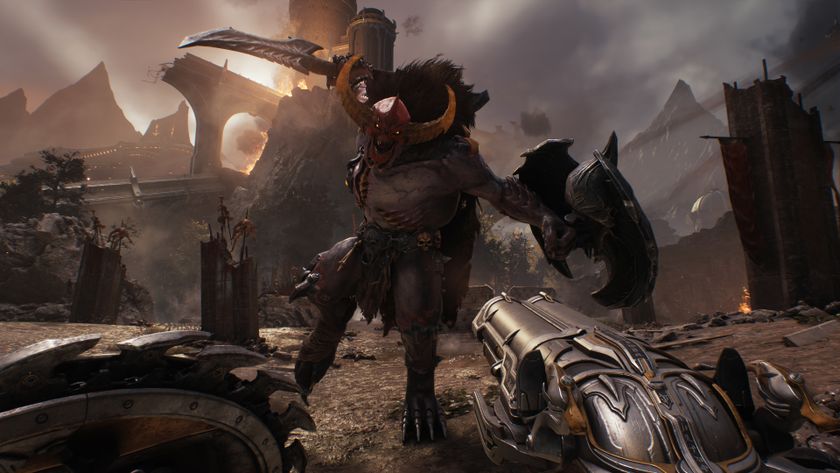
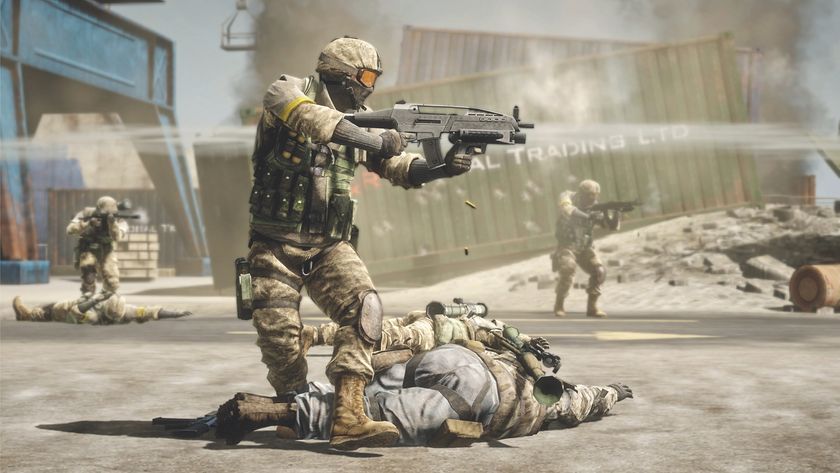
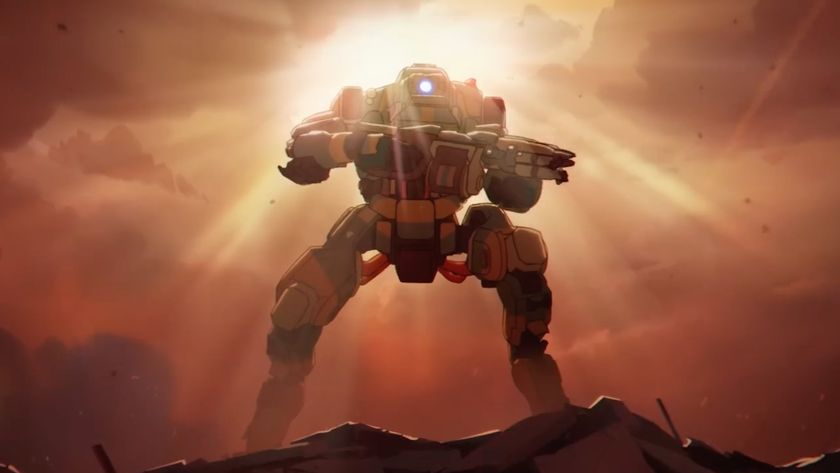
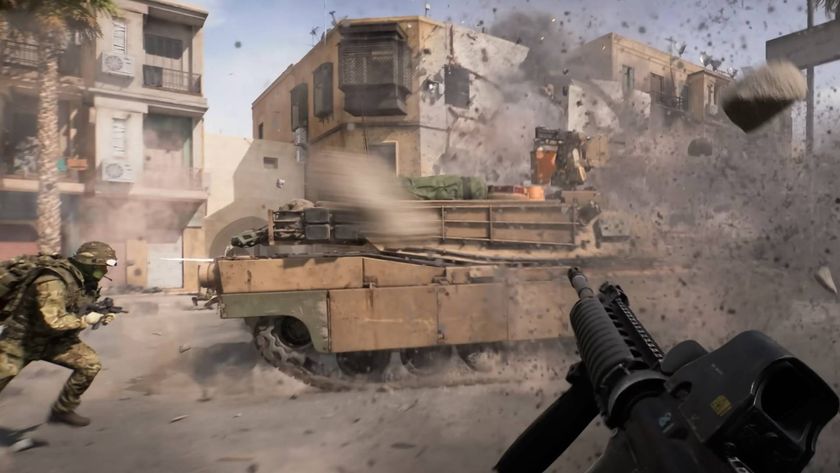
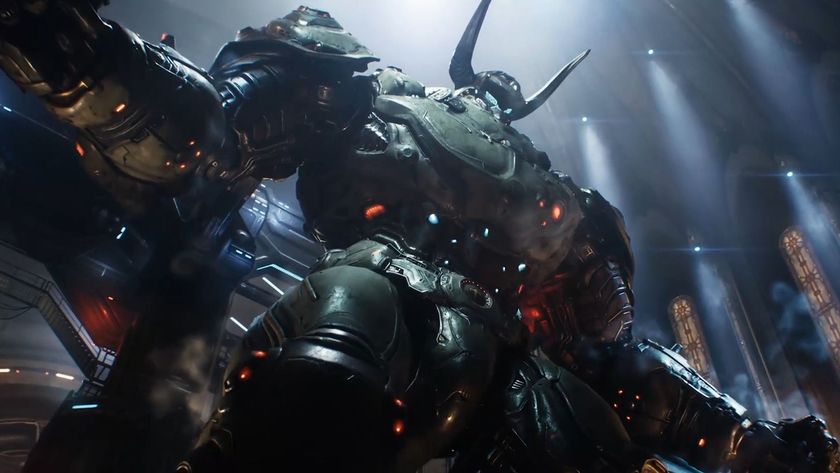

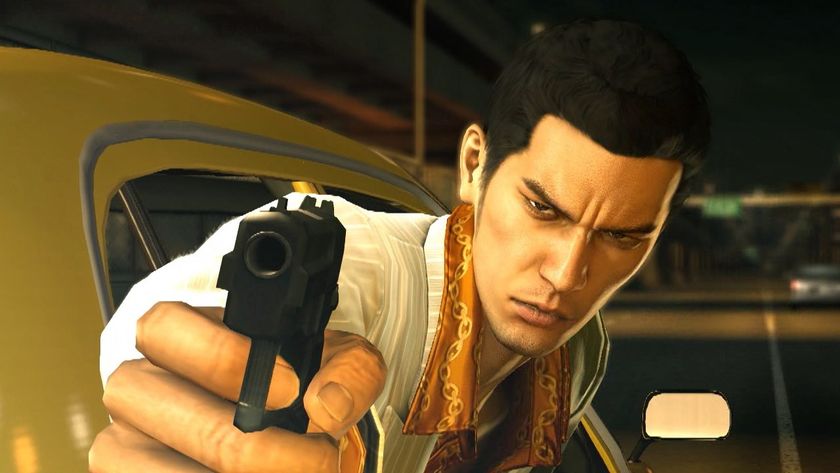






Doom director claims The Dark Ages can be beaten without using a gun, but "the game's not necessarily built to do that"

Battlefield dev reveals more of his Bad Company 3 script and confirms the plot would revolve around the squad getting kicked out of the military and brought back for a final suicide mission

